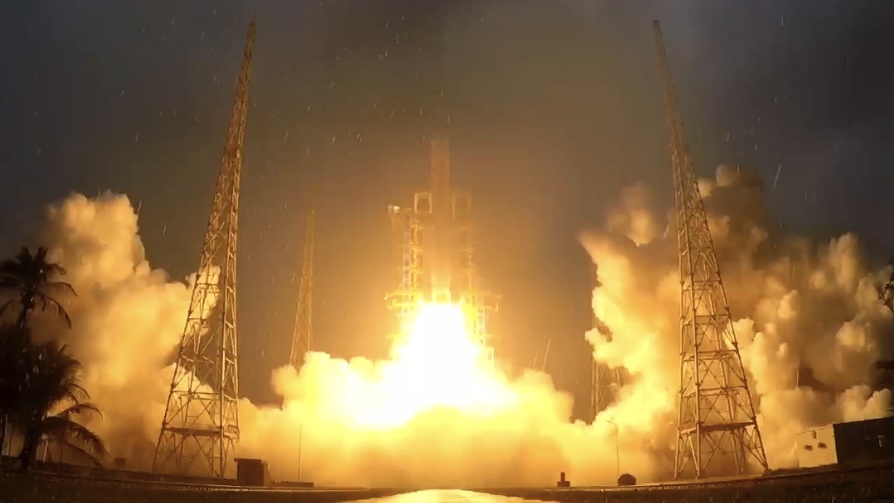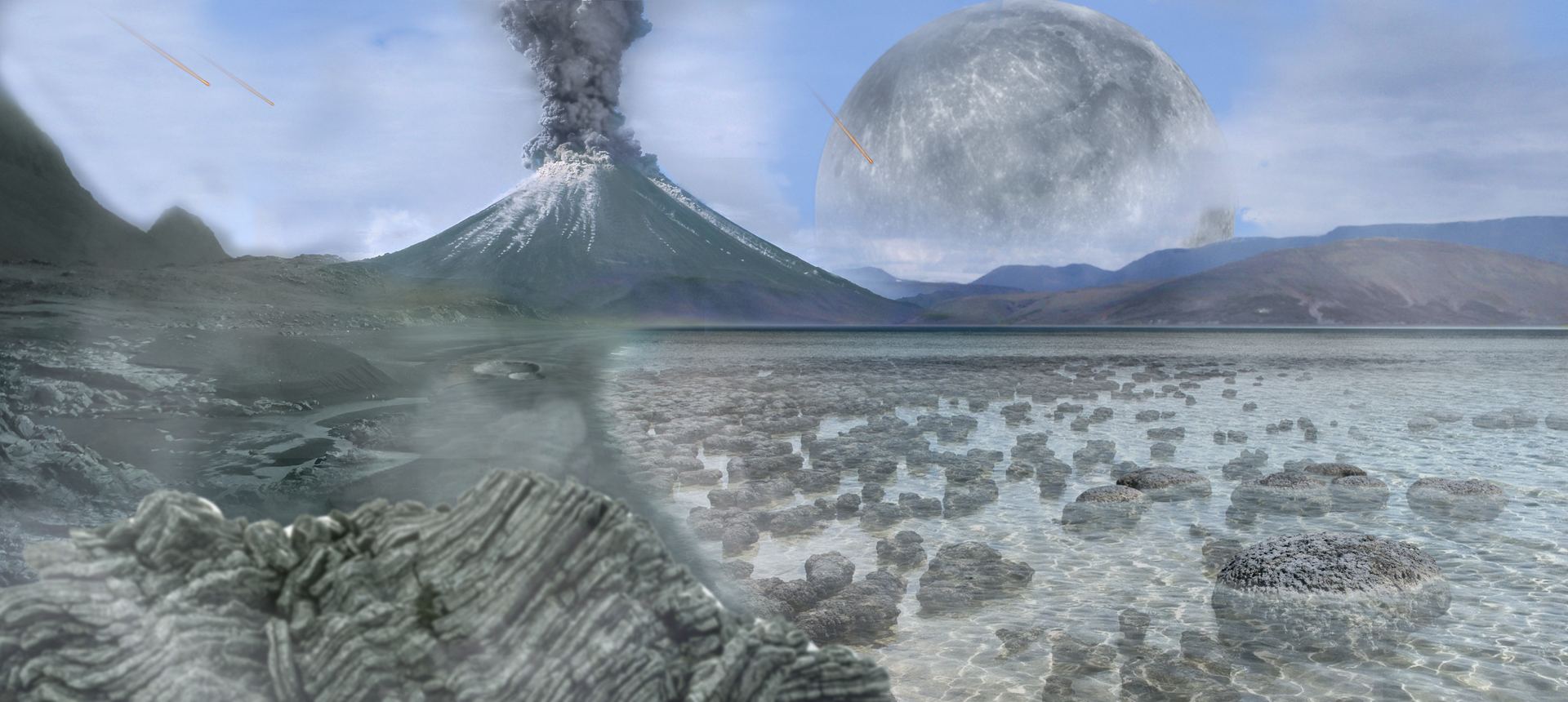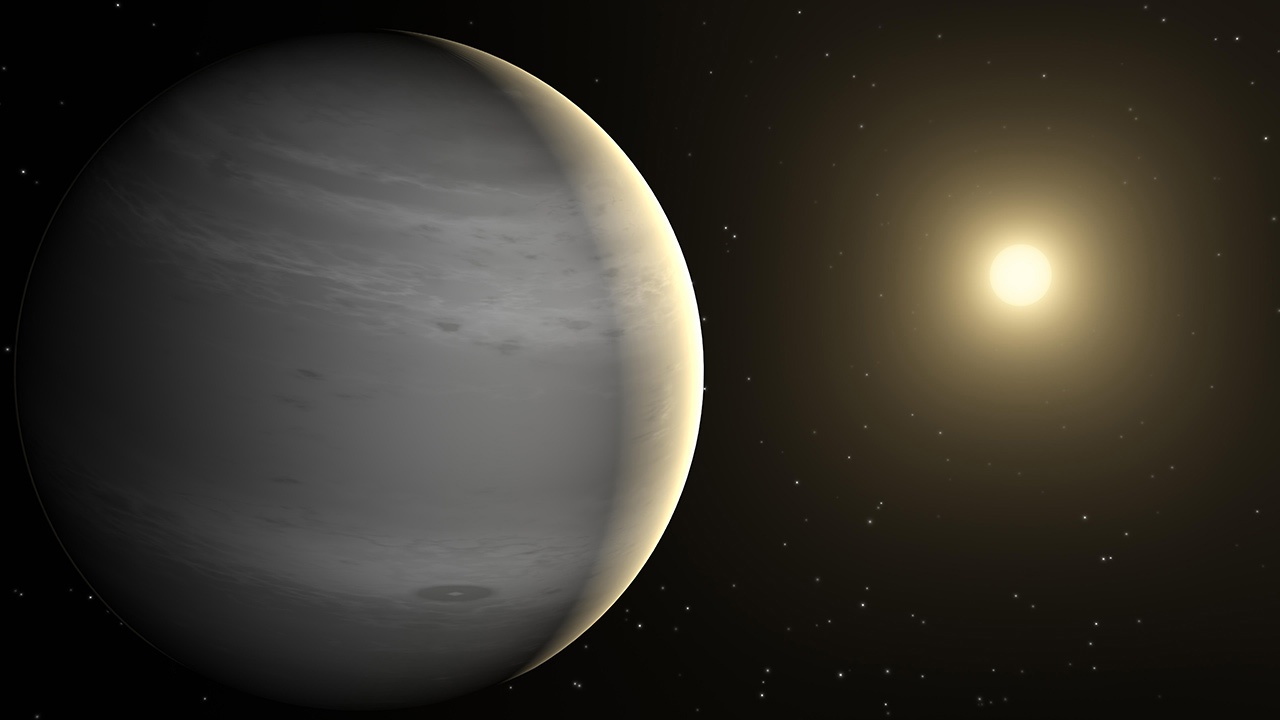On Friday, May 3rd, the sixth mission in the Chinese Lunar Exploration Program (Chang’e-6) launched from the Wenchang Spacecraft Launch Site in southern China. Shortly after, China announced that the spacecraft separated successfully from its Long March 5 Y8 rocket. The mission, consisting of an orbiter and lander element, is now on its way to the Moon and will arrive there in a few weeks. By June, the lander element will touch down on the far side of the Moon, where it will gather about 2 kg (4.4 lbs) of rock and soil samples for return to Earth.
Continue reading “China is Going Back to the Moon Again With Chang'e-6”China Creates a High-Resolution Atlas of the Moon
Multiple space agencies are looking to send crewed missions to the Moon’s southern polar region in this decade and the next. Moreover, they intend to create the infrastructure that will allow for a sustained human presence, exploration, and economic development. This requires that the local geography, resources, and potential hazards be scouted in advance and navigation strategies that do not rely on a Global Positioning System (GPS) developed. On Sunday, April 21st, the Chinese Academy of Sciences (CAS) released the first complete high-definition geologic atlas of the Moon.
This 1:2.5 million scale geological set of maps provides basic geographical data for future lunar research and exploration. According to the Institute of Geochemistry of the Chinese Academy of Sciences (CAS), the volume includes data on 12,341 craters, 81 impact basins, 17 types of lithologies, 14 types of structures, and other geological information about the lunar surface. This data will be foundational to China’s efforts in selecting a site for their International Lunar Research Station (ILRS) and could also prove useful for NASA planners as they select a location for the Artemis Base Camp.
Continue reading “China Creates a High-Resolution Atlas of the Moon”Dinkinesh's Moonlet is Only 2-3 Million Years Old
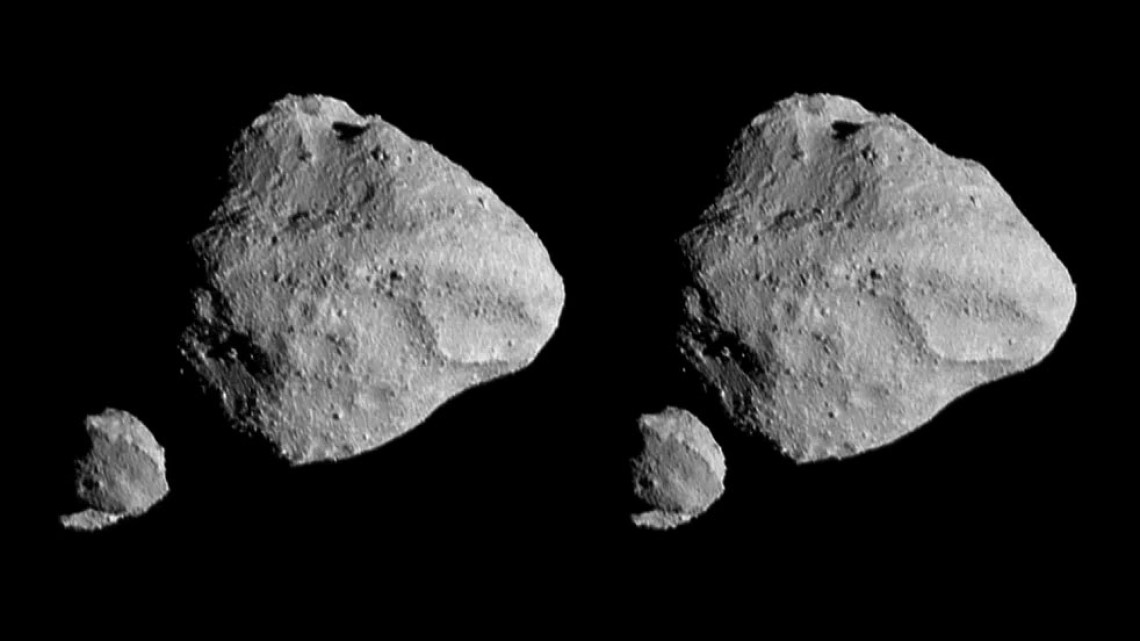
Last November, NASA’s Lucy mission conducted a flyby of the asteroid Dinkinish, one of the Main Belt asteroids it will investigate as it makes its way to Jupiter. In the process, the spacecraft spotted a small moonlet orbiting the larger asteroid, now named Selam (aka. “Lucy’s baby”). The moonlet’s name, an Ethiopian name that means “peace,” pays homage to the ancient human remains dubbed “Lucy” (or Dinkinish) that were unearthed in Ethiopia in 1974. Using novel statistical calculations based on how the two bodies orbit each other, a Cornell-led research team estimates that the moonlet is only 2-3 million years old.
Continue reading “Dinkinesh's Moonlet is Only 2-3 Million Years Old”What Can AI Learn About the Universe?
Artificial intelligence and machine learning have become ubiquitous, with applications ranging from data analysis, cybersecurity, pharmaceutical development, music composition, and artistic renderings. In recent years, large language models (LLMs) have also emerged, adding human interaction and writing to the long list of applications. This includes ChatGPT, an LLM that has had a profound impact since it was introduced less than two years ago. This application has sparked considerable debate (and controversy) about AI’s potential uses and implications.
Astronomy has also benefitted immensely, where machine learning is used to sort through massive volumes of data to look for signs of planetary transits, correct for atmospheric interference, and find patterns in the noise. According to an international team of astrophysicists, this may just be the beginning of what AI could do for astronomy. In a recent study, the team fine-tuned a Generative Pre-trained Transformer (GPT) model using observations of astronomical objects. In the process, they successfully demonstrated that GPT models can effectively assist with scientific research.
Continue reading “What Can AI Learn About the Universe?”Next Generation Ion Engines Will Be Extremely Powerful
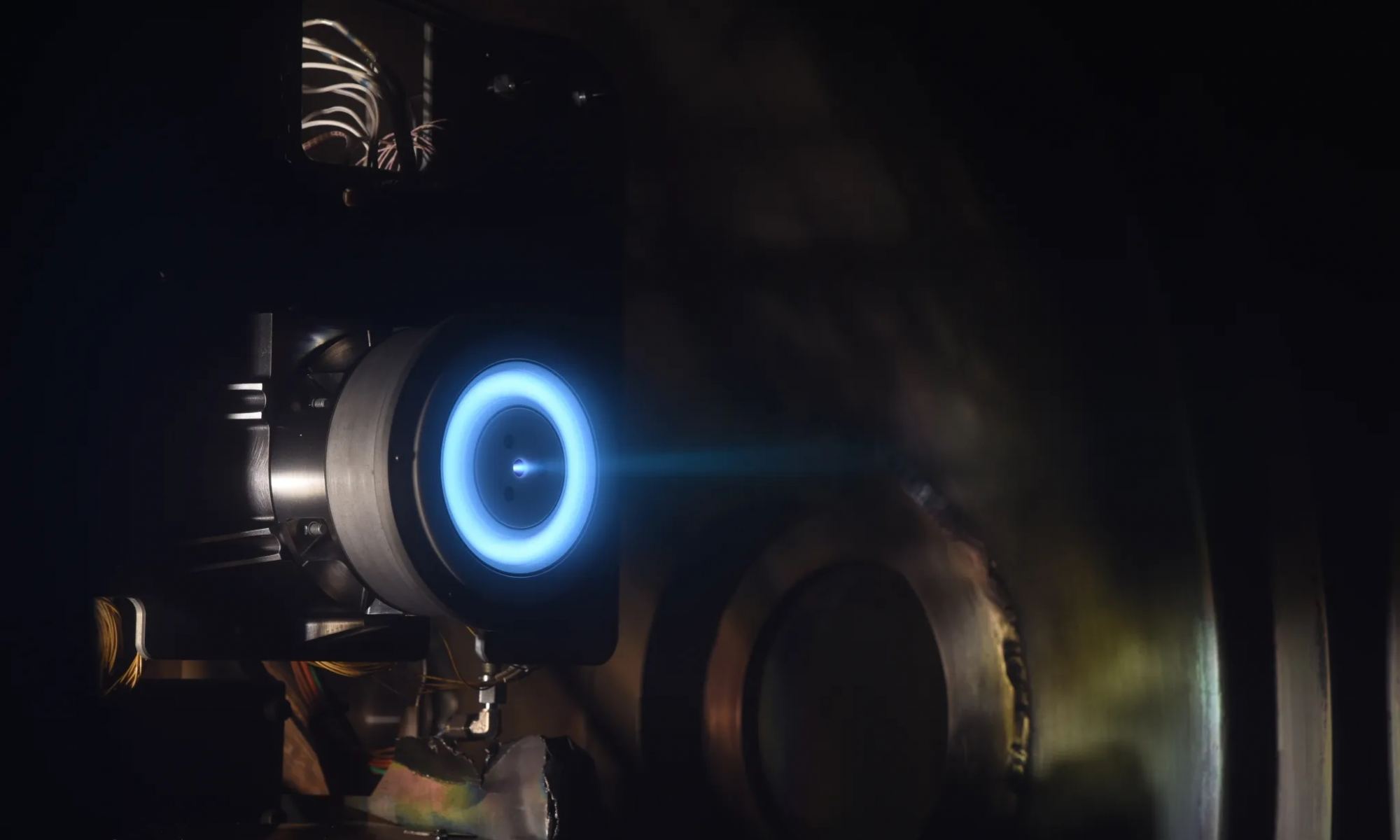
During the Space Race, scientists in both the United States and the Soviet Union investigated the concept of ion propulsion. Like many early Space Age proposals, the concept was originally explored by luminaries like Konstantin Tsiolkovsky and Hermann Oberth – two of the “forefathers of rocketry.” Since then, the technology has been validated repeatedly by missions like the Deep Space-1 (DS-1) technology demonstrator, the ESA’s Smart-1 lunar orbiter, JAXA’s Hayabusa and Hayabysa 2 satellites, and NASA’s Dawn mission.
Looking to the future of space exploration, researchers at the NASA Glenn Research Center (GRC) have been busy developing a next-generation ion engine that combines extreme fuel efficiency with high acceleration. These efforts have led to the NASA-H71M sub-kilowatt Hall-effect thruster, a small spacecraft electric propulsion (SSEP) system that will enable new types of planetary science missions. With the help of commercial partners like SpaceLogistics, this thruster will also be used to extend the lifetimes of spacecraft that are already in orbit.
Continue reading “Next Generation Ion Engines Will Be Extremely Powerful”Hubble Has Accidentally Discovered Over a Thousand Asteroids
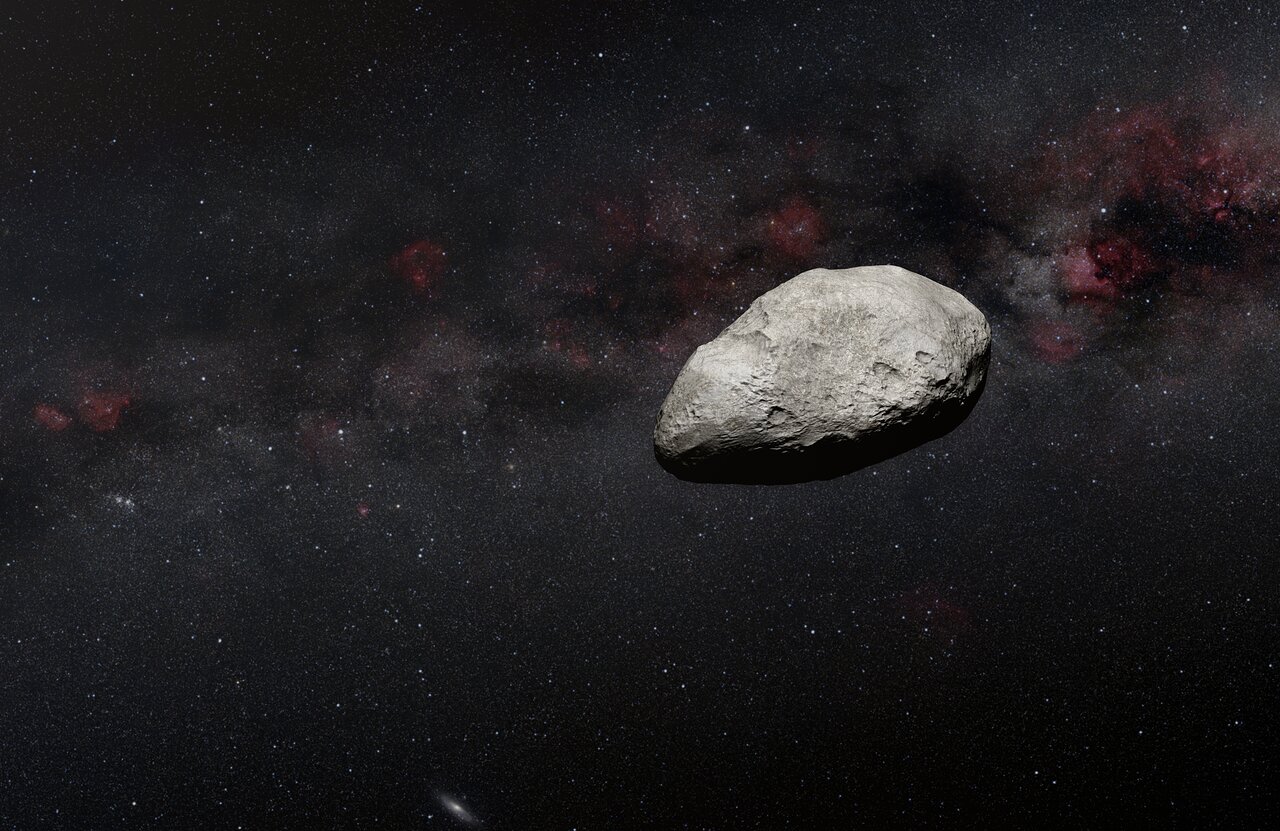
The venerable Hubble Space Telescope is like a gift that keeps on giving. Not only is it still making astronomical discoveries after more than thirty years in operation. It is also making discoveries by accident! Thanks to an international team of citizen scientists, with the help of astronomers from the European Space Agency (ESA) and some machine learning algorithms, a new sample of over one thousand asteroids has been identified in Hubble‘s archival data. The methods used represent a new approach for finding objects in decades-old data that could be applied to other datasets as well.
Continue reading “Hubble Has Accidentally Discovered Over a Thousand Asteroids”Will We Know if TRAPPIST-1e has Life?
The search for extrasolar planets is currently undergoing a seismic shift. With the deployment of the Kepler Space Telescope and the Transiting Exoplanet Survey Satellite (TESS), scientists discovered thousands of exoplanets, most of which were detected and confirmed using indirect methods. But in more recent years, and with the launch of the James Webb Space Telescope (JWST), the field has been transitioning toward one of characterization. In this process, scientists rely on emission spectra from exoplanet atmospheres to search for the chemical signatures we associate with life (biosignatures).
However, there’s some controversy regarding the kinds of signatures scientists should look for. Essentially, astrobiology uses life on Earth as a template when searching for indications of extraterrestrial life, much like how exoplanet hunters use Earth as a standard for measuring “habitability.” But as many scientists have pointed out, life on Earth and its natural environment have evolved considerably over time. In a recent paper, an international team demonstrated how astrobiologists could look for life on TRAPPIST-1e based on what existed on Earth billions of years ago.
Continue reading “Will We Know if TRAPPIST-1e has Life?”The Solar Wind is Stripping Oxygen and Carbon Away From Venus
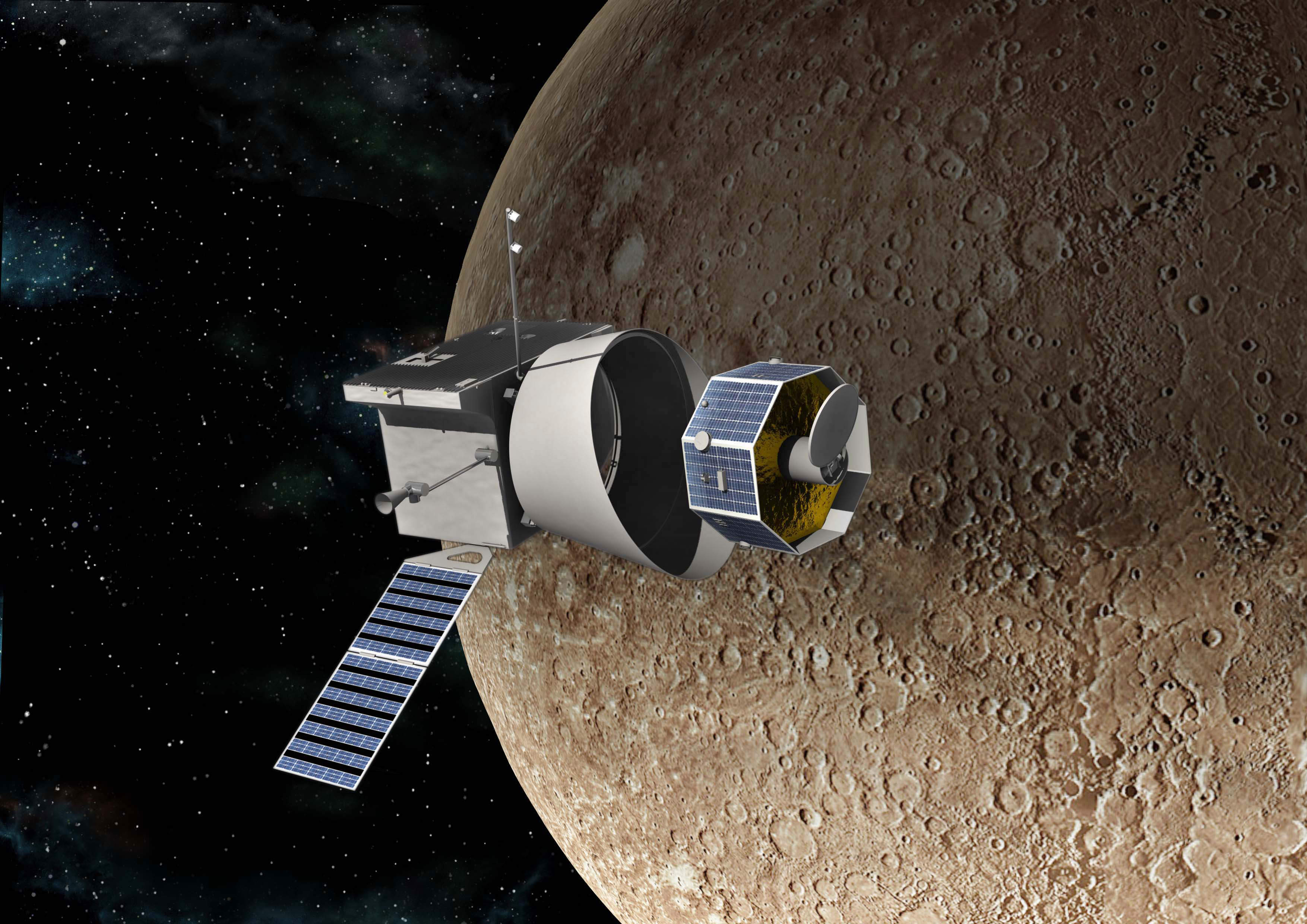
The BepiColombo mission, a joint effort between JAXA and the ESA, was only the second (and most advanced) mission to visit Mercury, the least explored planet in the Solar System. With two probes and an advanced suite of scientific instruments, the mission addressed several unresolved questions about Mercury, including the origin of its magnetic field, the depressions with bright material around them (“hollows”), and water ice around its poles. As it turns out, BepiColombo revealed some interesting things about Venus during its brief flyby.
Specifically, the two probes studied a previously unexplored region of Venus’ magnetic environment when they made their second pass on August 10th, 2021. In a recent study, an international team of scientists analyzed the data and found traces of carbon and oxygen being stripped from the upper layers of Venus’ atmosphere and accelerated to speeds where they can escape the planet’s gravitational pull. This data could provide new clues about atmospheric loss and how interactions between solar wind and planetary atmospheres influence planetary evolution.
Continue reading “The Solar Wind is Stripping Oxygen and Carbon Away From Venus”You Can't Know the True Size of an Exoplanet Without Knowing its Star's Magnetic Field
In 2011, astronomers with the Wide Angle Search for Planets (WASP) consortium detected a gas giant orbiting very close to a Sun-like (G-type) star about 700 light-years away. This planet is known as WASP-39b (aka. “Bocaprins”), one of many “hot Jupiters” discovered in recent decades that orbits its star at a distance of less than 5% the distance between the Earth and the Sun (0.05 AU). In 2022, shortly after the James Webb Space Telescope (JWST) it became the first exoplanet to have carbon dioxide and sulfur dioxide detected in its atmosphere.
Alas, researchers have not constrained all of WASP-39b’s crucial details (particularly its size) based on the planet’s light curves, as observed by Webb. which is holding up more precise data analyses. In a new study led by the Max Planck Institute for Solar System Research (MPS), an international team has shown a way to overcome this obstacle. They argue that considering a parent star’s magnetic field, the true size of an exoplanet in orbit can be determined. These findings are likely to significantly impact the rapidly expanding field of exoplanet study and characterization.
Continue reading “You Can't Know the True Size of an Exoplanet Without Knowing its Star's Magnetic Field”Stellar Winds Coming From Other Stars Measured for the First Time

An international research team led by the University of Vienna has made a major breakthrough. In a study recently published in Nature Astronomy, they describe how they conducted the first direct measurements of stellar wind in three Sun-like star systems. Using X-ray emission data obtained by the ESA’s X-ray Multi-Mirror-Newton (XMM-Newton) of these stars’ “astrospheres,” they measured the mass loss rate of these stars via stellar winds. The study of how stars and planets co-evolve could assist in the search for life while also helping astronomers predict the future evolution of our Solar System.
Continue reading “Stellar Winds Coming From Other Stars Measured for the First Time”
